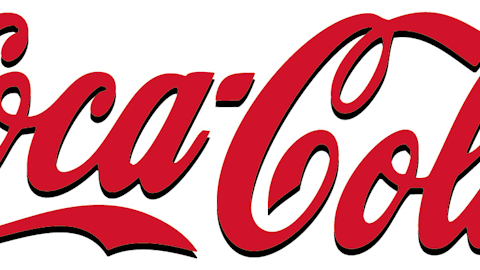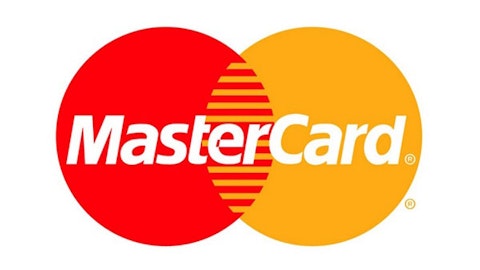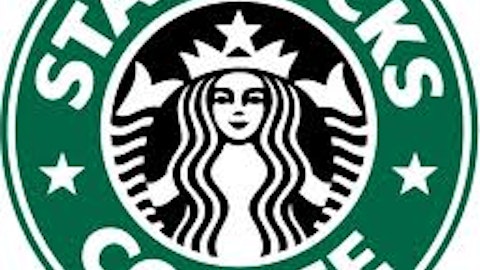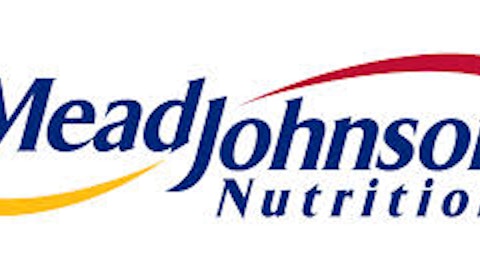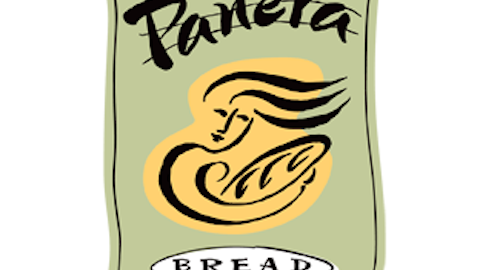Hearing of a case of head lice is enough to give anyone the heebie-jeebies, but the thought of eating lice is really enough to make the skin crawl — yet unknown to most people, we do that almost every day.
Whenever we eat food or drink a beverage that’s red in color, if it’s not tinted by Red Dye No. 40 then there’s a good chance it’s colored with carmine, a natural colorant derived from the female cochineal insect, a type of lice that’s generally found in Peru (though it lives on a cactus, and not on your head). While carmine is all-natural and perfectly safe to consume (unless, of course, you’re allergic to it) once people learn about its presence, the “ick factor” goes up exponentially and it becomes difficult to swallow.
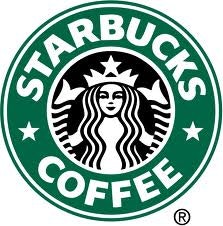
While carmine is still present in foods from General Mills and drinks from PepsiCo, among many others, the world’s biggest producer of the colorant, Danish bioscience company Chr. Hansen, is still feeling the effects of the ingredient’s higher profile. Recently, it lowered its full-year guidance as it lost a major customer in South America and the pricing surrounding carmine remains volatile. According to Reuters, whereas carmine had traded at $15 per kilogram as recently as 2010, it shot up to over $120 per kilogram in 2011, but has since returned to the $15 level.
Organic revenue growth is now projected to be between 7% to 10% for the next five years compared to its previous estimates of 8% to 10%, and more customer losses could make the lower end of its new range the more realistic outcome.
Sensient Technologies Corporation (NYSE:SXT), a U.S.-based producer of carmine and artificial colors, has also seen its operations affected. In its quarter ending on June 30, the food color specialist reported a 4% decline in profits on a 2% drop in segment sales. While much of that was related to the loss of a customer in its non-food business, revenues of food and beverage colors also fell by more than $1 million.
If there continues to be adverse public reaction to carmine, the industry may have to resort to other methods. Hansen is developing a fermentation process from the genome of the cochineal insect so there won’t be any need to crush the bugs themselves to get the color, but it will be at least three years before it can be commercialized.
Hansen may also run into that same level of consumer disgust with its recently approved natural blue coloring. Until now, food companies only had FD&C Blue No. 1 to choose from, but the FDA gave Hansen the, um, green light to proceed with development of spirulina extract, a color derived from bacteria, though I’m sure we won’t see it being labeled as such on the candy and gum packaging for which it’s been approved.
As much as people say they want all-natural ingredients, the creation of carmine, spirulina, and other organic sources is like making sausages: You really don’t want to watch it being made and you’d rather remain ignorant of the process. Manufacturers, however, will be left scratching their heads over how to meet the twin goals of staying natural while not grossing out consumers by using lice and bacteria to develop the food colors they want.
The article Consumers Still Seeing Red Over Food Coloring originally appeared on Fool.com and is written by Rich Duprey.
Fool contributor Rich Duprey has no position in any stocks mentioned. The Motley Fool recommends PepsiCo and Starbucks. The Motley Fool owns shares of PepsiCo and Starbucks.
Copyright © 1995 – 2013 The Motley Fool, LLC. All rights reserved. The Motley Fool has a disclosure policy.

